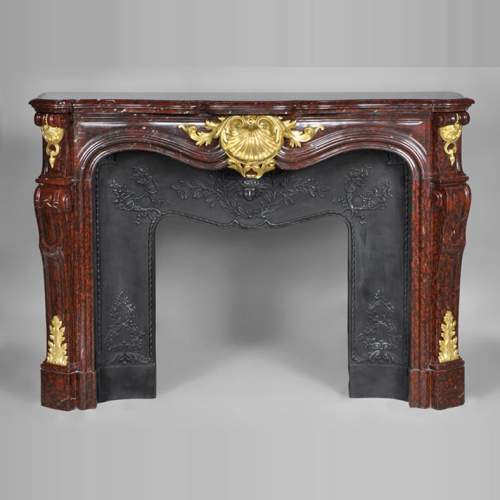Your selection is currently empty.
Here are the latest objects in our stock:
Dimensions:
Width: 155
Height: 112
Depth: 48
Inner width: 112
Inner height: 84
Dimensions:
Width: 116
Height: 105
Depth: 60
Inner width: 74
Inner height: 89
Dimensions:
Width: 113
Height: 104
Depth: 60
Inner width: 77
Inner height: 91
Dimensions:
Width: 90
Height: 100
Depth: 30
Inner width: 60
Inner height: 86
Dimensions:
Width: 116
Height: 100
Depth: 35
Inner width: 84
Inner height: 87
Dimensions:
Width: 111
Height: 95
Depth: 57
Inner width: 76
Inner height: 81
Dimensions:
Width: 117
Height: 98
Depth: 35
Inner width: 84
Inner height: 83
Dimensions:
Width: 198
Height: 138
Depth: 34
Inner width: 152
Inner height: 99
Dimensions:
Width: 109
Height: 190
Depth: 13
Inner height: 186
Dimensions:
Width: 140
Height: 189
Depth: 6












